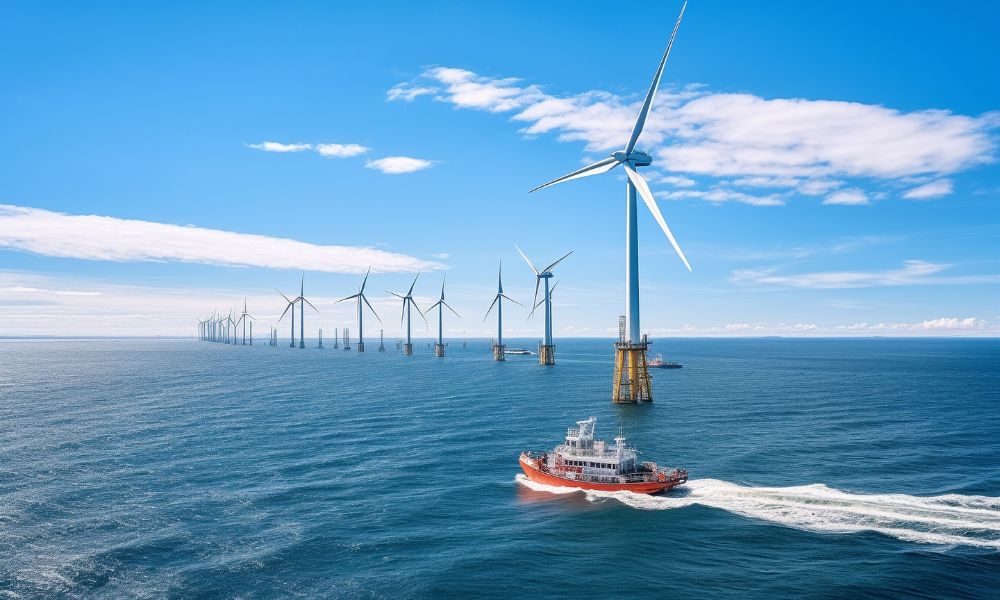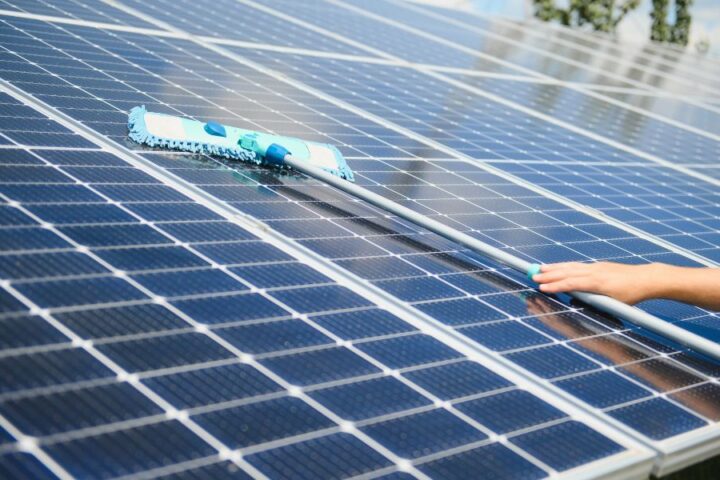The shipping industry is revisiting a power source from the past—wind—in the current climate-conscious era. The drive to meet the aggressive climate goals set by the International Maritime Organization (IMO) has led to the return of wind-powered shipping. Combining modern technology with age-old sailing principles, new wind-assisted propulsion systems aim to reduce carbon emissions and promote sustainability. Learn more about the climate goals that have spurred wind-powered shipping.
How Shipping Vessels Contribute to Climate Change
Shipping vessels contribute significantly to global carbon emissions. The Oceana Europe and Transport Environment attributes more than three percent of global carbon dioxide emissions to ocean-going ships. Shipping could represent up to 10% of global greenhouse gas emissions by 2050 if current growth rates persist.
The Benefits of Wind Power for Shipping
Wind power offers significant fuel savings as the wind is a free and renewable resource. Additionally, wind power can significantly reduce the carbon footprint of shipping operations by reducing our reliance on fossil fuels. This fossil fuel reliance reduction aligns with global efforts to mitigate climate change and makes wind-powered shipping a promising pathway toward sustainable maritime transportation.
Wind Assisted Ship Propulsion (WASP) and Wind Assisted Propulsion Systems (WAPS)
WASP and WAPS are technologies driving the shift toward greener shipping methods. They utilize wind power to assist in propelling large cargo ships, thus reducing their dependence on fossil fuel-powered engines. These systems can include various designs, such as rotor sails, rigid sails, suction wings, turbines, and modified hull structures, to capture wind power, plus wing sails, which function similarly to airplane wings to provide lift and propulsion. Cargill, the international agricultural giant, has launched a cargo ship partially powered by giant WindWings.
How Recreational Boaters Can Help Combat Climate Change
Although private pleasure vessels aren’t carrying cargo across oceans, recreational sailors can nevertheless contribute to the fight against climate change by using electric boat motors instead of gas or diesel for entering and leaving harbors, or as a backup when the wind fails or in emergency situations.These motors produce zero emissions at the point of use and boaters can power them using renewable energy sources. Recreational boaters can enjoy their pastime while promoting environmental sustainability by choosing electric power.
The pursuit of our national and global climate goals has spurred wind-powered shipping. This return to wind power, facilitated by advanced WASP and WAPS technologies represents an innovative and promising approach to reducing the shipping industry’s carbon footprint.













